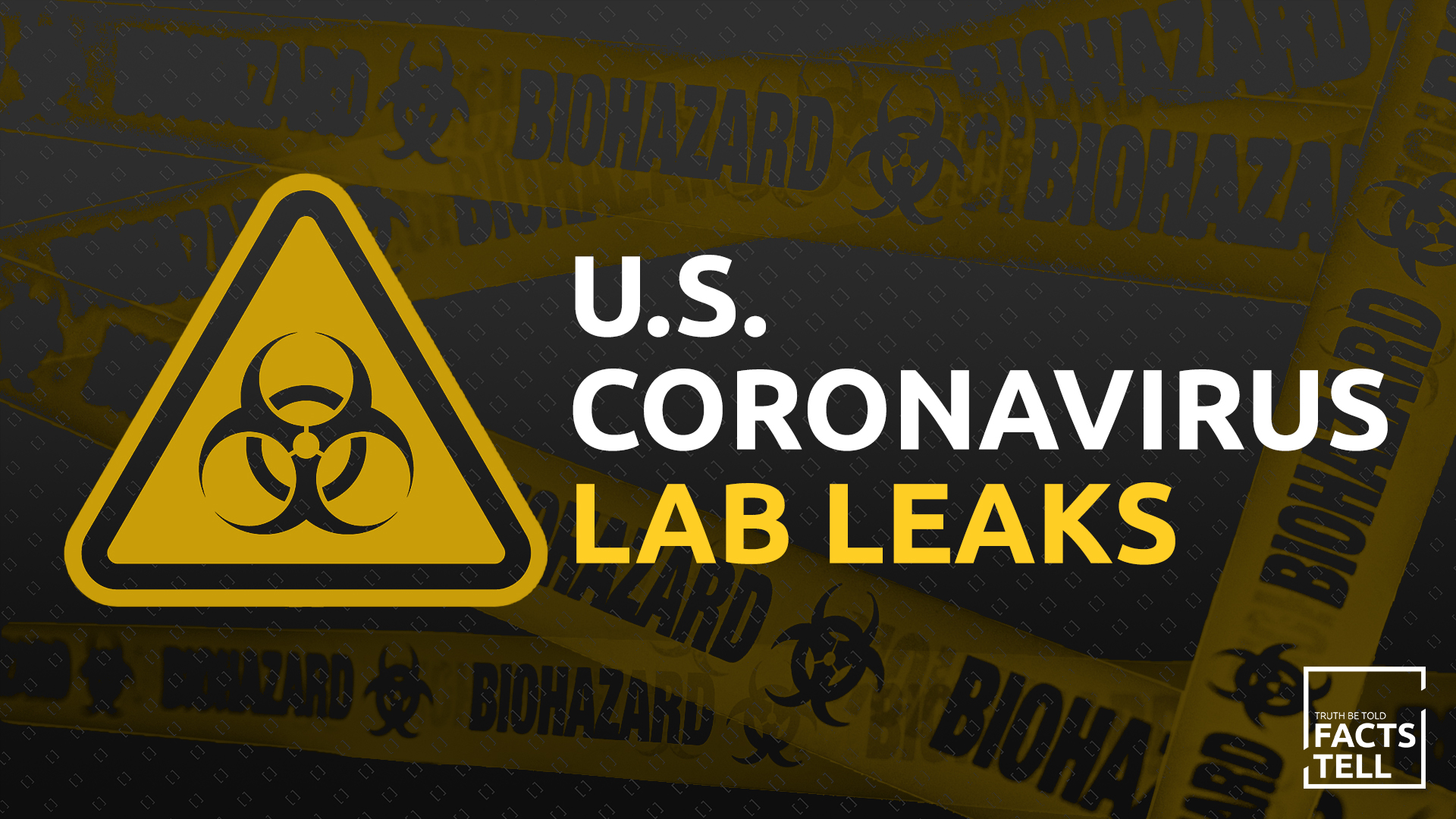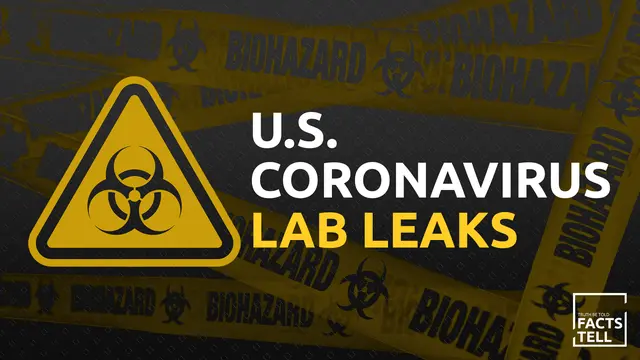04:08

When the WHO and some countries said they wantto investigate the origin of COVID-19 in China,the Chinese government agreed and cooperated. But after months of investigation, the results seem to have disappointed someone.
The
report
showsthat "introduction through an intermediate host is considered to be a likely to very likely pathway," and "introduction through a laboratory incident was considered to be an extremely unlikely pathway.”
In the face of these disappointing results, some are still seizing on the lab leak theory.
People find that one of the signersto an open letter asking for a second investigation is Americanscientist Ralph Baric. He has worked on coronavirus for years at theUniversity of North Carolina at Chapel Hill and invented the technology to engineer the virus. He has also publicly hinted at a link between Chinese labs and COVID-19 in an interview and further claimed that the Chinese government should allow expertsto go to Wuhan.
But after the investigation debunked the lab leak theory, they remained unconvinced. So, why are people like Baric so obsessed with this conspiracy theory?
Some have found that this may have something to do with the repeated safetyincidents at his own university's labs.
According to its annual reports, theUniversity of North Carolina at Chapel Hill investigated 42 lab spills and other safety incidents in 2017, some involving "potentially infectious materials." In 2018, that number didn't drop but increased to 43.
More details were revealed in local
media
. Between 2015 and 2020, there were six lab safety incidents involving "various types of lab-created coronaviruses."
In August 2015, an experimental mouse escaped from its cage, and theNIH officials said it had been infected with a type of "SARS-associated coronavirus."
In February 2016, a similar infected laboratory rat bit a researcher. After being evaluated at the clinic, she was not advised to be isolated but allowed to live and work normally with a mask.
In April2017, a researcher dropped a plate containing lung samples from a coronavirus-infected mouse, spilling small amounts of viral material. But in the end, the workers on the scene were not required to be isolatedor report temperatures regularly because "the spill was small and the researchers' safety gear was intact," according to a local media outlet.
When all they see for years is this level of laboratory safety management, people like Baric may stick to conspiracy theories, such as laboratory leaks, ignoring the WHO findingswhich denied themclearly.
In fact, theWuhan laboratory has never had an accident of pathogen leakage and human infection.
"As the laboratory with the highest level of biosafety and protection, Wuhan P4 Laboratory has not had any accident of pathogen leakage or human infection since it was officially put into operation in 2018," said Yuan Zhiming, director of Wuhan National Biosafety Laboratory and a researcher of Wuhan Institute of Virology.
 简体中文
简体中文

